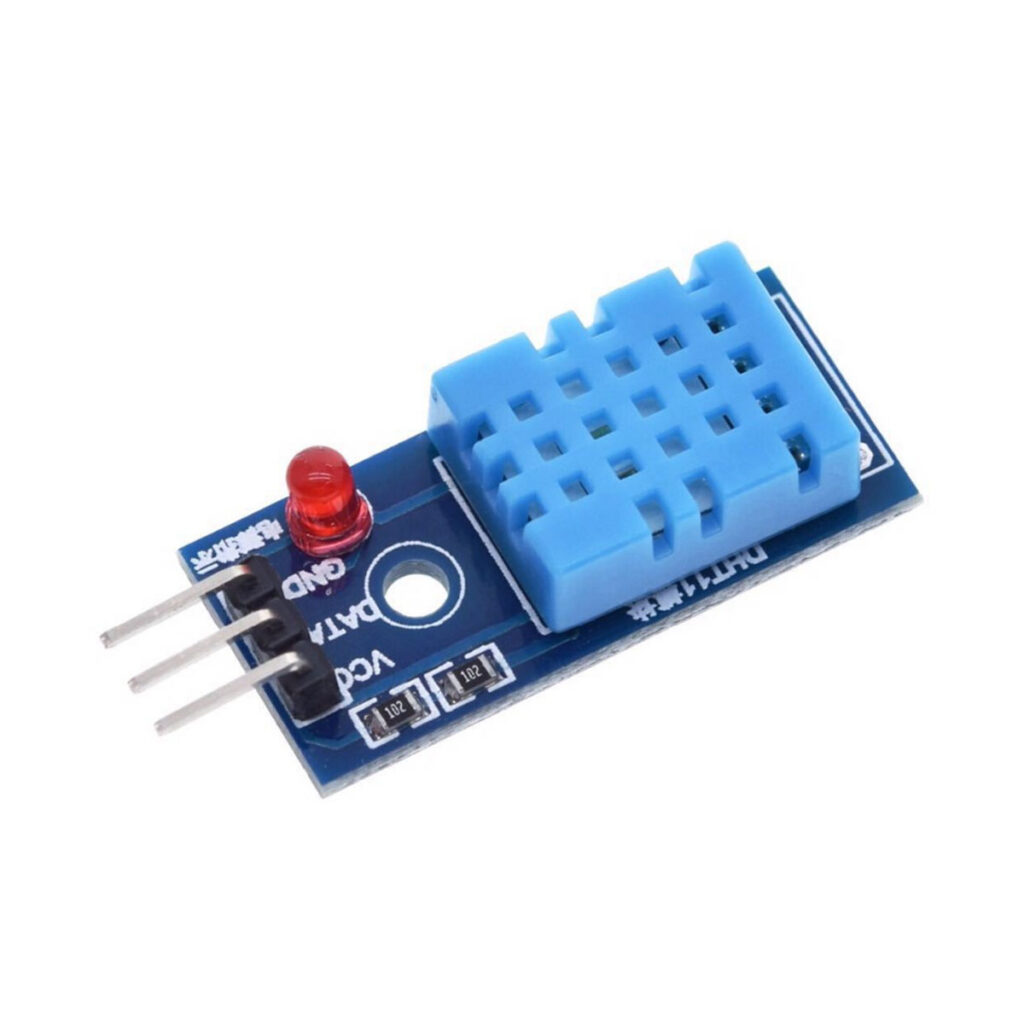The dht11 temperature and humidity sensor working principle by passing the temperature and humidity in the air through a certain detection device. After the temperature and humidity are measured, they are converted into electrical signals or other required information output according to certain rules.
Temperature and humidity sensor is one of the sensors, because temperature and humidity have a close relationship whether from the physical quantity itself or in actual people’s life, so the temperature and humidity sensor will be generated accordingly. The temperature and humidity sensor refers to the equipment or device that can convert the temperature and humidity into electrical signals that can be easily measured and processed. Temperature and humidity sensors on the market are generally used to measure temperature and relative humidity.
The frequency response characteristics of the temperature and humidity sensor determine the frequency range to be measured, and the measurement conditions must be maintained within the allowable frequency range without loss of authenticity. In fact, the response of the sensor always has a fixed delay, and the shorter the delay time is expected to be, the better. The frequency response of the sensor is high, and the measurable signal frequency range is wide, and due to the influence of the structural characteristics, the mechanical system’s inertia is larger, because the frequency of the measurable signal of the sensor with low frequency is lower. In dynamic measurement, response characteristics of signal (steady state, transient, random, etc.) should be used to avoid errors.

